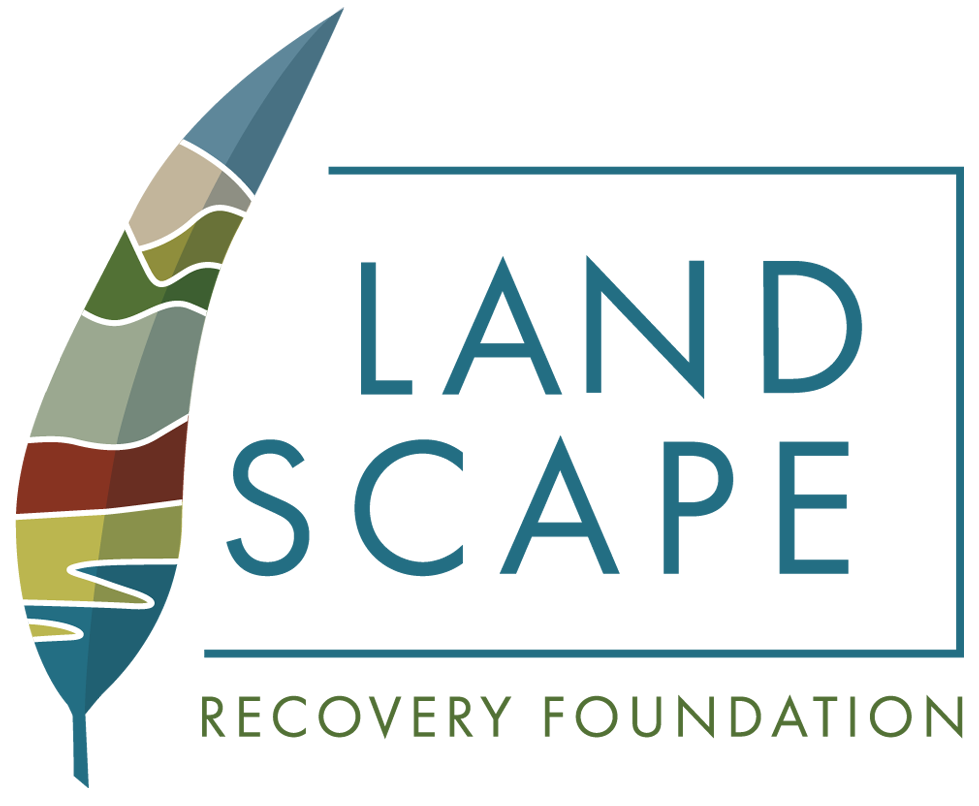photo credit © Diana Womersley
Effective Monitoring of Blue Winged Parrots
“The MJK Bursary allowed me to purchase equipment and covered extra sites visit costs - resulting in a more robust dataset”
What is an effective way to monitor the threatened blue-winged parrot?
I set out to compare two survey methods commonly used to detect parrots to determine which method is more effective in blue-winged parrot detection specifically.
Why? This parrot was recently listed as threatened at a federal level as it's believed the blue wings’ population is declining quickly. It’s a pretty special parrot, and like the swift and orange bellied parrots, is one of only 3 migratory parrots in the world! Lucky us to have all 3 of these birds in Tassie.
The blue wing is quite small averaging 21cm (think smaller than a noisy miner) and can become still and quiet when humans approach, making detections a little tricky! This is where my project began, how can we better detect presence/absence in blue wing parrot habitat?
I spent February and March visiting 40 sites south-west of Hobart where I completed human observations (method 1) as well as set up passive acoustic recorders
(method 2) to attempt to detect the Blue-winged parrot.
Then I spent a lot of time analysing the data, to see which method was most effective. The birds were detected on Bruny Island, both the North and South, and also around Conningham reserve and Margate on the Tassie mainland. Early results show the passive acoustic recorders get more detections, but the cost and time to gain these detections is a huge jump!
The MJK Bursary helped me by allowing me to purchase equipment such as SD cards, enabling more data from more sites could be recorded. A large dataset is useful for this style of project. The money also assisted in paying for travel costs so multiple visits could be made to each site, resulting in a more robust dataset.
Finally, it was so heartening to attend the TLC Women in Conservation event where I received this bursary to meet female leaders in the field and hear of all the exciting work that women are doing in the conservation space, you can't put a price on that experience!
“Lucky us! we have all three species of the world’s migratory parrots - here in Tassie.”



